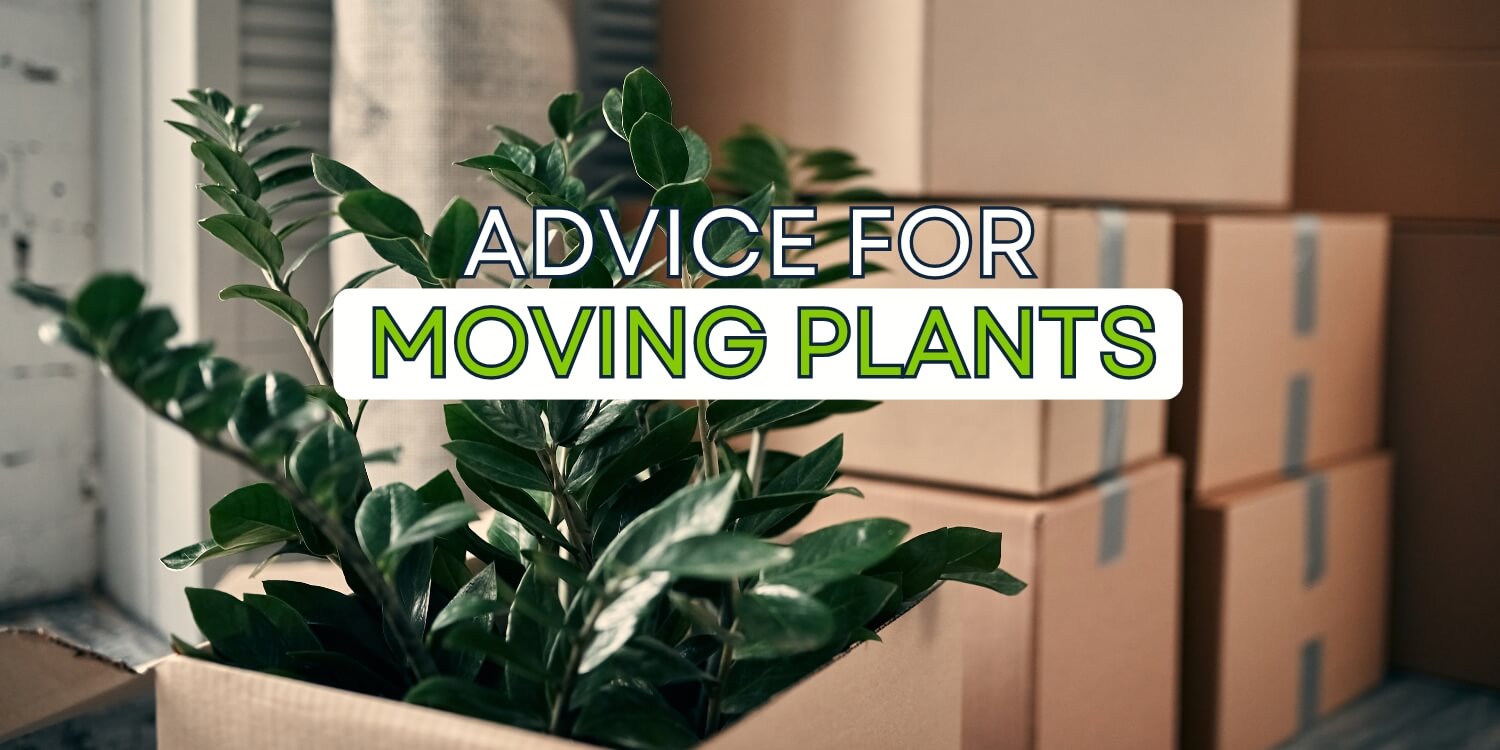If you’ve spent your time, energy and money on growing houseplants, it makes sense to take them with you when you move into a new home. Most of the time, if you’re willing to try, it’s possible. Here are four tips that can help you when you’re moving plants:
Watch Out for State Rules
If you’re moving to another state, check the rules about bringing plants with you. Some states just need a health certificate to prove your plant isn’t carrying pests or diseases. But states like California, Arizona and Florida have stricter rules. To know exactly what’s allowed, call the natural resources department of the state you’re moving to.
Keep Plants at a Safe Temperature
Many plants are sensitive to heat and cold. If they aren’t kept in the right temperature, they can die. Most plants won’t survive if it’s colder than 30°F or hotter than 100°F. Some moving companies are okay with moving plants but for long-distance moves, it might be different. Ask your movers about their rules. If they don’t move plants, and they fit, take them in your own car.
Keep Your Plants Watered
Most plants can go about 10 days without water but it depends on the type of plant. Check what your specific plant needs. Then, think about how long your move will take—including any delays in getting your stuff—and see if your plants can handle the trip without water.
Use Plastic Pots
Clay or ceramic pots can easily break while moving, so it’s safer to switch your plants to plastic pots. But be careful—repotting can stress your plant. Try to do it 2–3 weeks before the move so the plant has time to adjust to its new pot.
If moving your plants feels like a lot of work, you can think about giving them to a friend or even selling them. If you want more tips on how to move plants safely, contact STI Moving & Storage, a company with more than 20+ years of experience helping customers achieve safe, smooth moves.



